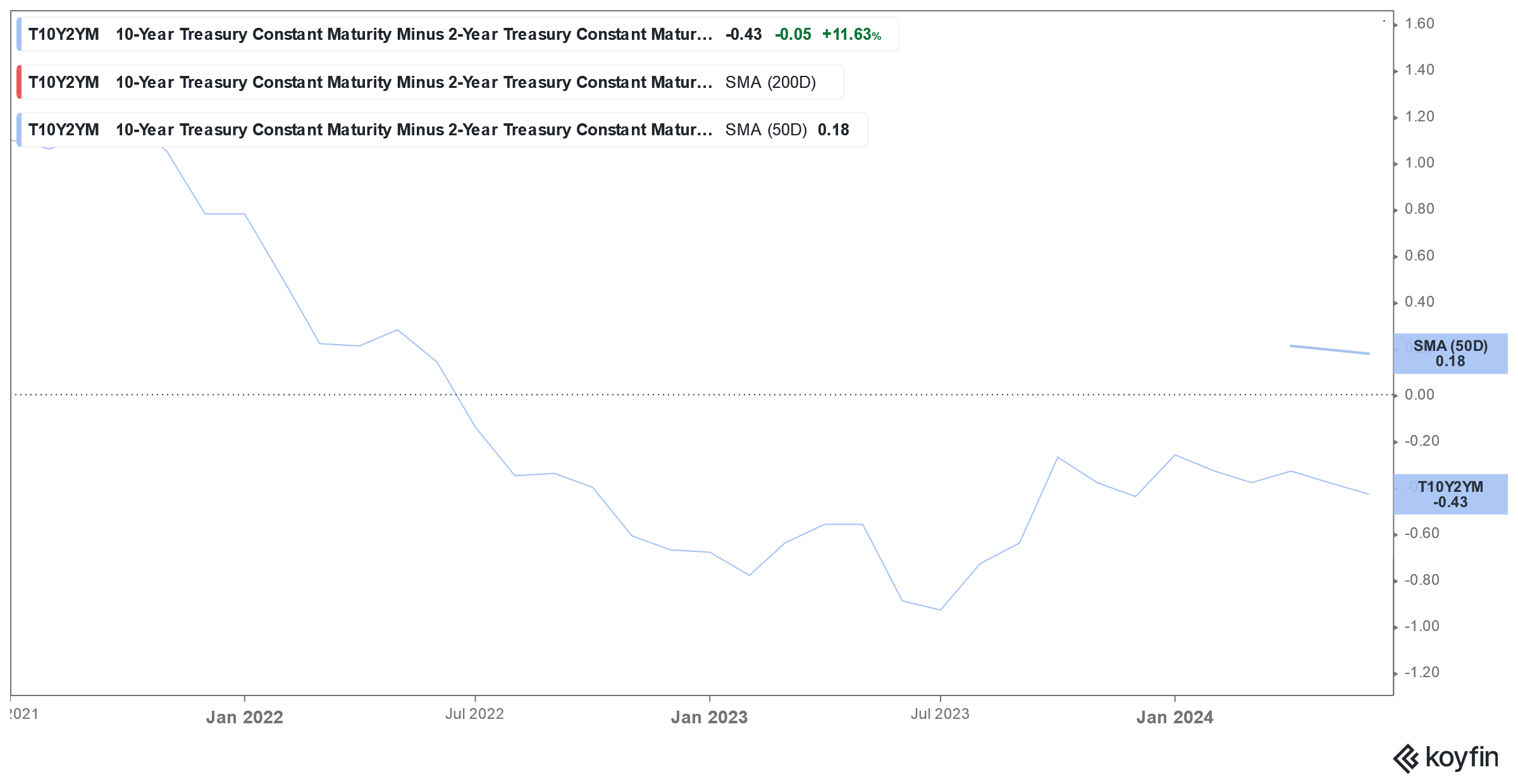Fed to Hold Back Rate Cuts Until More ‘Confidence’ on Inflation Falling to 2%
Please note that we are not authorised to provide any investment advice. The content on this page is for information purposes only.
The minutes of the Fed’s June meeting were released yesterday. They show that the FOMC is looking for more signs that inflation is falling towards the 2% that it targets, before cutting rates. Here are the key takeaways from the Fed meeting minutes.
At its meeting last month, the Fed maintained a status quo on interest rates as was widely expected. However, in its release, the US central bank said that it sees “modest further progress” on inflation.
Fed Maintained Status Quo at the June Meeting
Notably, the May inflation data was released shortly before the FOMC’s June press conference. The consumer price index (CPI) was flat on a monthly basis while it rose 3.3% on a yearly basis. Both the monthly and YoY changes were 10 basis points lower than what analysts were expecting.
At his press conference last month, Fed chair Jerome Powell expressed optimism over the CPI report and said, “We see today’s report as progress and as, you know, building confidence.” Powell however added, “But we don’t see ourselves as having the confidence that would warrant beginning to loosen policy at this time.”
Key Takeaways from Fed June Minutes
The Fed June minutes are not much different from the language we saw post the meeting as well as Powell’s post-meeting press conference. According to the minutes, “Participants affirmed that additional favorable data were required to give them greater confidence that inflation was moving sustainably toward 2 percent.”
Notably, the Fed’s December dot plot showed that members see 3 rate cuts of 75 basis points in 2024. However, the June dot plot tempered that expectation to a mere 25 basis points.
The June minutes said, “in discussing the outlook for monetary policy, participants noted that progress in reducing inflation had been slower this year than they had expected last December.”
Notably, the Fed hasn’t tinkered with the headline interest rates for a year now even as it has reduced the pace of quantitative tightening.
In March 2022, the Fed embarked on one of its most aggressive rate tightening cycles and raised rates by 25 basis points in March 2022 which was followed by a 50 basis points hike in May. In the next four meetings of 2022, it raised rates by 75 basis points – a pace not seen in years – but toned down the hike to 50 basis points in December. The Fed raised rates four times in 2023 by 25 basis points each to lift the policy rates to the highest since 2007.
Analysts See Powell Taking a Dovish Stance
Powell has sounded somewhat dovish over the last couple of months even as US inflation is still above the Fed’s 2% target. Speaking at an event in Portugal earlier this week, he said that the risks of cutting rates too late putting growth at risk, and cutting too soon to risk a return of inflation are quite balanced now. Notably, in the past, Powell has warned against cutting rates too soon
Michael Brown, senior research strategist at Pepperstone finds Powel’s comments in Portugal a bit dovish than expected.
According to Brown, “Fed Chair Powell’s remarks at the [European Central Bank’s] annual Sintra forum this afternoon sounded, at the margin, just a touch more dovish than those made of late, with the Chair noting that the US economy has made ‘quite a bit of progress’ back towards the 2% inflation target, while also flagging that the economy is back on a disinflationary path, as suggested by the May CPI and PCE reports.”
He added, “Commentary of this ilk appears to further open the door to a September rate cut, especially with Powell also flagging the risk associated with leaving it too late to deliver the first rate reduction. A softer-than-expected jobs report on Friday, were it to come to pass, would likely further cement the case for said cut, to which markets assign a roughly 70% chance — perhaps, a touch underdone.”
Fed Rate Cut Probabilities
Meanwhile, trades are quite dividend on the trajectory of Fed rate cuts and less than 10% see a rate cut likely at the July meeting, according to CME FedWatch Tool. Nearly two-thirds of trades see the Fed cutting rates by 25 basis points at the September meeting.
By the end of the year though, 46% of traders see a cumulative 50-basis point rate cut while 26% see a 25-basis point cut. Over 21% of the traders see a 75-basis point cumulative rate cut by the end of the year.
US Economic Growth Has Surprised on the Upside
Last year, US Treasury yields spiked above 5% last year for the first time since 2002. The yields have since corrected to around 4.35% but the yield curve remains inverted and the 2-year Treasury yield is over 40 basis points higher than the 10-year yield.
While economists see an inverted yield curve as a sign of recession, the US yield curve has been inverted for months now and despite doomsayers predicting a recession for the last few quarters, the US economy has held on quite well even as global growth has sagged






